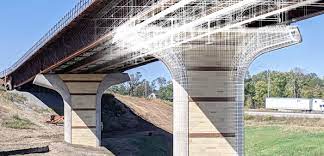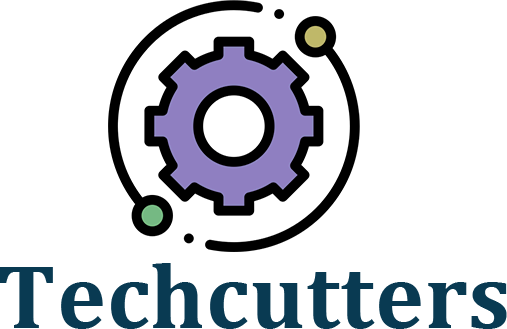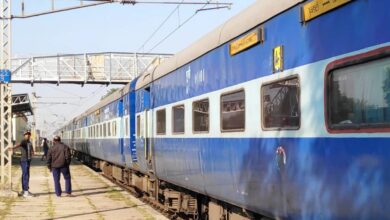Bridging the Way: The Role and Benefits of Road Plates in Infrastructure

Road Plates provide a quick and simple alternative to closing the entire road for a lengthy period of time in order to repair a road or street. They work well for constructing a temporary road surface.
1. Road Plates: Bridging the Way in Infrastructure
Road Plates in Infrastructure: Their Use and Benefits in “Bridging the Way”
Any infrastructure project must have road plates. They may be applied in many different situations and offer a safe and dependable means to span gaps in the road. Here, we’ll examine the use of road plates in infrastructure projects and some of its advantages.
The Role of Road Plates in Infrastructure Projects
Road plates provide a safe and reliable way to span gaps in a road making them crucial for infrastructure projects. They can be used to a wide range of circumstances including:
· To bridge gaps in the roadway caused by utility work
· To provide access for construction vehicles
· To protect the roadway from damage during construction
· To provide a temporary roadway during construction
Benefits of Road Plates
There are many benefits to using road plates in infrastructure projects, including:
Safety: Road plates offer a safe and reliable way to bridge gaps in the roadway.
Durability: Road plates are built to last, and can withstand the heavy weight of construction vehicles.
Versatility: Road plates can be used in a variety of applications, making them a versatile solution for infrastructure projects.
· Cost-effective: Road plates are a cost-effective solution for infrastructure projects.
2. The Role of Road Plates in Infrastructure
Road plates are a crucial component of infrastructure because they offer a dependable and safe surface for moving cars. They may also be referred to as deck plates, bridge plates, or just plates. Road plates can be used to cover exposed trenches or excavations, but they can also be temporarily employed to fix potholes or other road damage. Visit our website to learn more.
The use of road plates has various advantages. They may be quickly and simply installed and, after the repair is finished, removed. Additionally sturdy and long-lasting, road plates can support the weight of large automobiles. Additionally, they are non-slip, which is crucial for safety.
Road plates are a crucial component of infrastructure, and each building or maintenance project needs them because of their advantages.
3. The Benefits of Road Plates in Infrastructure
Bridging the Way: The Role and Benefits of Road Plates in Infrastructure
Road plates are a crucial component of infrastructure because they offer a stable and safe surface for moving cars. They are frequently utilised for both routine maintenance and emergency emergencies. Although a number of materials may be used to create road plates, steel is the most popular. Click here to explore our wide range of construction safety equipment at Iron Lot.
The use of road plates has various advantages. They are quite sturdy and can bear a lot of weight, to start. They are therefore perfect for use in building and maintenance projects where there will be heavy machinery and equipment. route plates can also be used in an emergency, as when a bridge is broken or when a route is blocked by debris. In these situations, road plates can offer a stable and secure surface for moving cars.
Road plates also have the advantage of being quite simple to install. This is crucial for projects involving construction and repairs since time is frequently of the essence. Road plates may also be taken off very simply, which is beneficial in emergency circumstances where the road needs to be cleared right away.
Road plates are a crucial component of infrastructure and have several advantages. They may be utilised in emergency scenarios and are sturdy and simple to install. Choosing a reliable supplier that can deliver high-quality items is crucial when choosing road plates for a project.
4. The Importance of Road Plates in Infrastructure
Road plates are now a crucial component of infrastructure all throughout the world. While work is going on, they offer a dependable and safe means to go over barriers like trenches, wires, and pipelines. Road plates provide a practical means to move supplies and equipment from one location to another.
The use of road plates in infrastructure has various advantages. They first aid in preventing risks for both employees and pedestrians. Second, they can ease congestion and enhance traffic flow. Thirdly, they can lessen the environmental effects of building. Fourthly, they can save time and money by reducing the need for excavations and other obtrusive activities.
Road plates are typically made of steel or aluminium and available in a variety of widths and thicknesses. Bolts or clamps are often used to anchor them in place over ditches, pipelines, or wires. Road plates may be reused several times, and construction companies frequently rent or lease them.
Road plates might be a fantastic choice if your building project will require excavations, trenches, or pipelines. They have a lot of advantages and may help you finish your job on time and within your budget.
5. The Future of Road Plates in Infrastructure
As a quick and simple method of mending or strengthening roads, the usage of road plates is becoming more and more common. Typically composed of steel or aluminium, road plates can be built to order to meet the precise measurements of a repair location.
Using road plates in infrastructure projects has various benefits. When the repair is finished, road plates are just as simple and quick to remove as they are to install. They work well to strengthen weakened or damaged roadside areas.
The use of road plates has certain disadvantages as well. They could be costly, and getting them to the repair location might be challenging. Additionally, there is a chance that the installation of the road plates won’t be done properly, which can result in more road damage.





